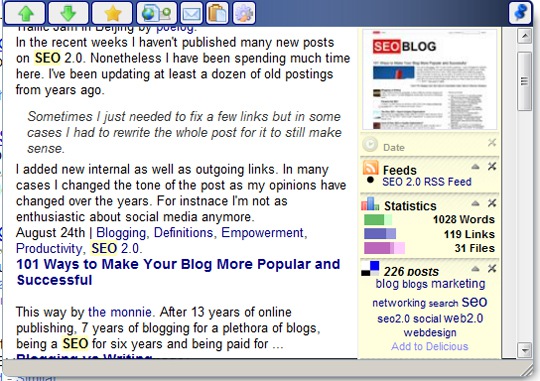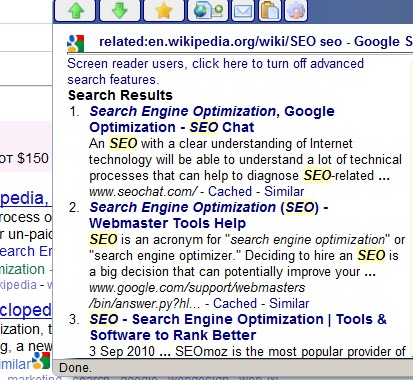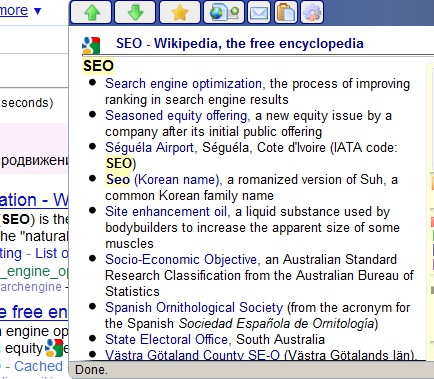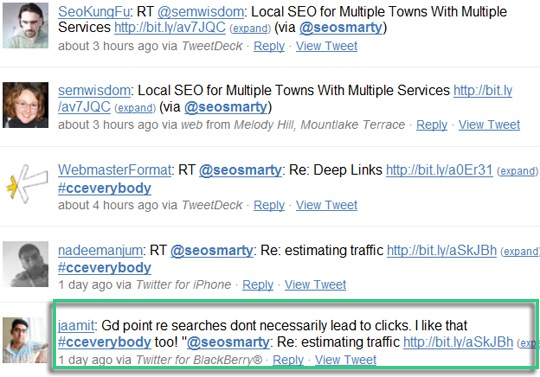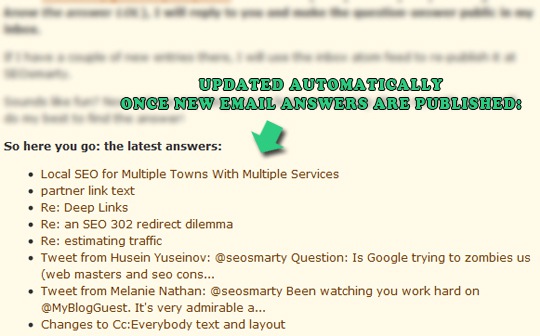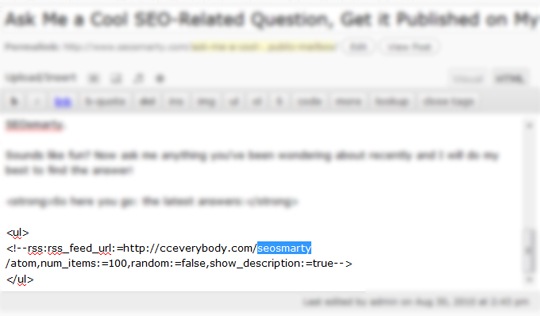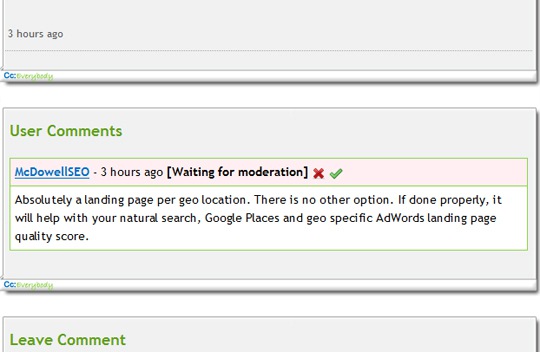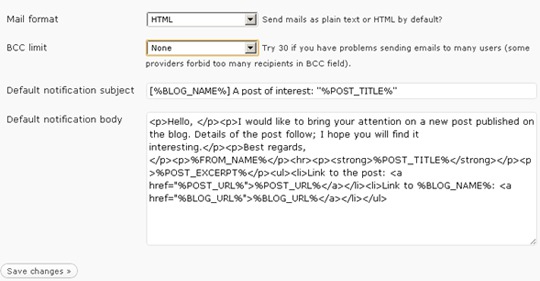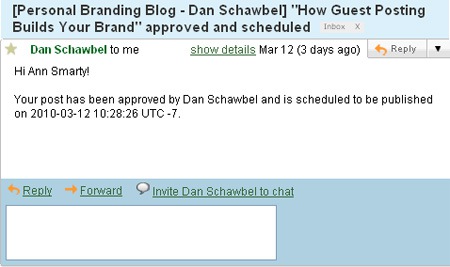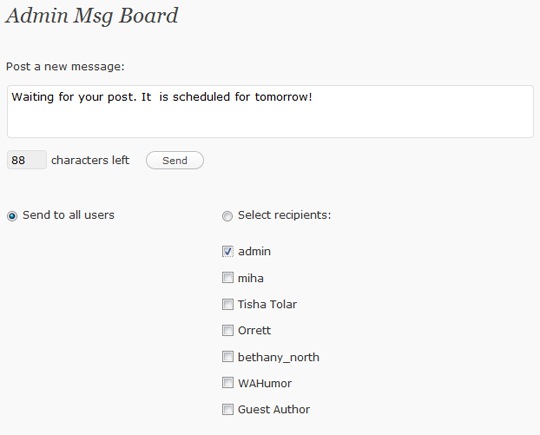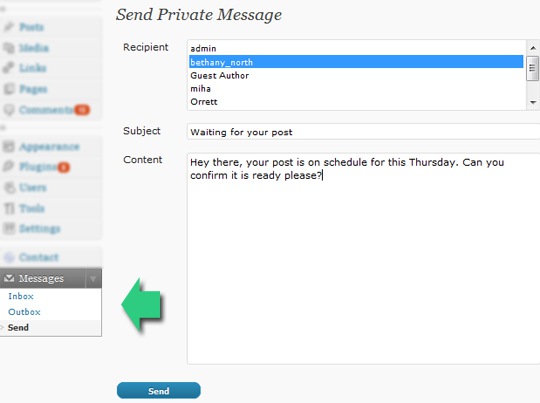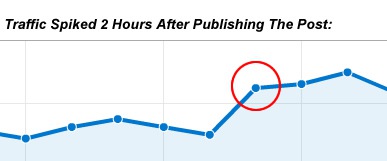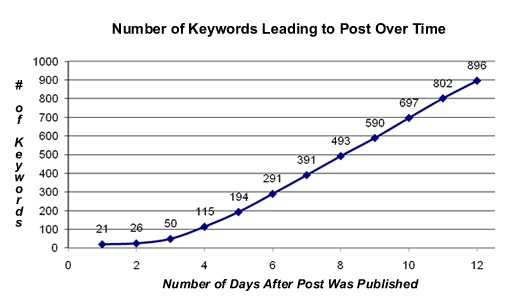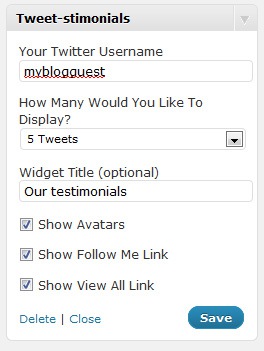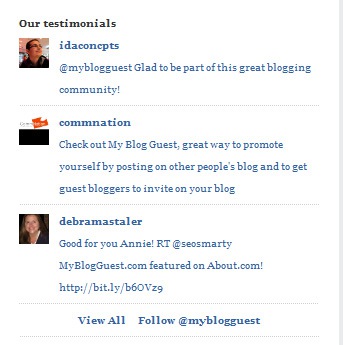My major focus the last three months has been Facebook advertising. I’ve been trying to figure out how to get awesome results with Facebook ads. It’s been a personal challenge, because I have more or less mastered Google AdWords and SEO, so I thought: I should be able to figure this out!
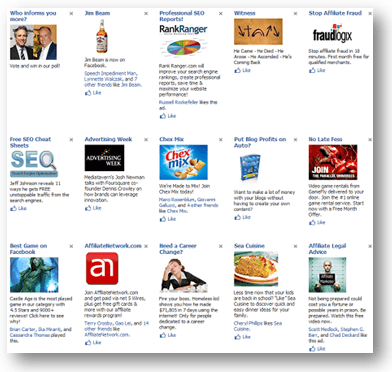 It’s been very challenging. Facebook ads are significantly different from AdWords. It’s not just search keywords vs. interests. And it’s not just about applying lessons from display advertising. The entire process is different. What works is completely different.
It’s been very challenging. Facebook ads are significantly different from AdWords. It’s not just search keywords vs. interests. And it’s not just about applying lessons from display advertising. The entire process is different. What works is completely different.
I’ve been fortunate to be able to get experience with about 10 different clients, from unknowns to affiliate offers to Fortune 500 brands. My results have improved by a factor of five. I’ve chatted and compared notes with a handful of the best in the Facebook advertising business.
But there is a guy who keeps getting dramatically better results than anyone I’ve heard of… Jeremy Koch of Pertnear down in Hilton Head, South Carolina. He regularly tortures me with screenshots of CPC’s below $0.10. So I thought I’d ask him a few questions about some of Pertnear’s Facebook marketing successes and see what we might be able to learn.
=> Case Study One: A Fortune 1,000 Company
This is a publicly traded specialty retailer.
BBC: You got 88,000 fans for them in four weeks?
Jeremy Koch: Yep, and we’ve done more than that for other clients.
BBC: Are you paying for all of these fans? What’s the friend-recommending component?
Jeremy Koch: About 50% of them have been viral. This is fairly typical, this number will grow with time.
BBC: So you’re only paying for half of these fans- whatever you get from ads, you get that much more for free.
Jeremy Koch: That’s right. It’s fun.
BBC: What is the key to getting such a high viral %?
Jeremy Koch: The key is identifying the people that truly are Fans of the brand or the good/service the brand provides. If they truly love the brand they are very likely to interact on the page, which draws in their friends.
Jeremy Koch: People go to the fan page and they see all these awesome posts from people who love the niche as much as they do. We’ve turned it into a “Bragging Board”.
BBC: What does the client think about all this?
Jeremy Koch: If we can reach our goal of 500k within 3 months, I think they will be OK with that.
-
Commentary:
How a Regional Vacation Rental Company Tripled Their Sales with Facebook Advertising
=> Case Study Two: Brindley Beach Vacations
Brindley Beach Vacations offers vacation rentals in the Outer Banks, a 200-mile long string of narrow barrier islands off the coast of North Carolina, beginning in the southeastern corner of Virginia Beach on the east coast of the United States.
BBC: How many fans did you get them?
Jeremy Koch: We started with 348 people on their page, we are now at over 12,000. They want to be at 20,000 by November 1st. They already have more Fans than anyone we have been able to find in their industry.
BBC: How much business has this gotten them?
Jeremy Koch: Their reservations for June (the month we started) were triple their expectations. By July they told us to stop promoting summer reservations and work on the Fall. They’ve had many days when their reservation staff reported almost everyone they talked to mentioned the Facebook page.
BBC: How are they doing compared to their competitors?
Jeremy Koch: That is an interesting question… Not only have they been doing well, but because they have been creating so much new business, it appears it has even spilled over into their competitors. I think we have helped create a demand that may be surpassing the supply, at least for the peak seasons.
BBC: Is this helping them in their off season?
Jeremy Koch: They are seeing an increase in bookings for the shoulder seasons. Facebook is a great avenue to subtly recommend coming in the shoulder seasons. We see people even planning additional trips.
BBC: How is Brindley feeling about the results?
Jeremy Koch: The owner of the company has given us permission to give his personal cell phone number out to prospective clients.
Discussion and Take Aways
BBC: Ok, well let’s talk about the HOW. What, that you’re willing to reveal, are you doing to get such remarkable results?
Jeremy Koch: We like the people we work with, we take the success of each client personally. When we take on a new client we want to exceed their expectations… under promise and over deliver. I know that is not what you were looking for… The real key to what we do is identifying the people and/or the target audience that already wants what our client is offering. It becomes very expensive if you are trying to convert people who are unaware of your product or service. Find the people that want what you have, then get them to make the introduction to their friends, even if they don’t realize they are making the introduction.
source from:searchenginejournal.com

I’ve been fortunate to be able to get experience with about 10 different clients, from unknowns to affiliate offers to Fortune 500 brands. My results have improved by a factor of five. I’ve chatted and compared notes with a handful of the best in the Facebook advertising business.
But there is a guy who keeps getting dramatically better results than anyone I’ve heard of… Jeremy Koch of Pertnear down in Hilton Head, South Carolina. He regularly tortures me with screenshots of CPC’s below $0.10. So I thought I’d ask him a few questions about some of Pertnear’s Facebook marketing successes and see what we might be able to learn.
=> Case Study One: A Fortune 1,000 Company
This is a publicly traded specialty retailer.
BBC: You got 88,000 fans for them in four weeks?
Jeremy Koch: Yep, and we’ve done more than that for other clients.
BBC: Are you paying for all of these fans? What’s the friend-recommending component?
Jeremy Koch: About 50% of them have been viral. This is fairly typical, this number will grow with time.
BBC: So you’re only paying for half of these fans- whatever you get from ads, you get that much more for free.
Jeremy Koch: That’s right. It’s fun.
BBC: What is the key to getting such a high viral %?
Jeremy Koch: The key is identifying the people that truly are Fans of the brand or the good/service the brand provides. If they truly love the brand they are very likely to interact on the page, which draws in their friends.
The Virtuous Cycle of Facebook Fan Growth
BBC: So what are you doing on the the fan page itself?Jeremy Koch: People go to the fan page and they see all these awesome posts from people who love the niche as much as they do. We’ve turned it into a “Bragging Board”.
BBC: What does the client think about all this?
Jeremy Koch: If we can reach our goal of 500k within 3 months, I think they will be OK with that.
-
Commentary:
- These ideas seem no-brainer, but successful Facebook Marketing always looks no-brainer in hindsight. If you get the right things to line up with simple compelling incentives, it works and it makes sense. It looks so simple that you realize the real art is fighting your way through complication to the most direct, easiest path for the prospect.
- On the flipside, it’s too easy to operate with no process, no plan and no principles and end up with mediocre results.
- Some of this is just good marketing practice, like “find people who are really qualified prospects”. Creative advertising has been choosing TV shows and magazines to target the right prospects for decades. But Facebook gives us direct quantifiable feedback about how qualified those prospects really were. If you get bacon-lovers to fan a fast food joint’s page, do they engage as much as the people who love hamburgers? The combination of creative and affinities in highly quantifiable direct marketing is new, and interesting. AdWords has been this way for search keywords and search intent, but attaching this process to interest-based marketing is new.
- I’ve seen Facebook ad campaigns without good page management strategy get 5% or less viral friending. To see 50% from Jeremy’s techniques just shows how your page management strategies can make a 100% difference in your results.
How a Regional Vacation Rental Company Tripled Their Sales with Facebook Advertising
=> Case Study Two: Brindley Beach Vacations
Brindley Beach Vacations offers vacation rentals in the Outer Banks, a 200-mile long string of narrow barrier islands off the coast of North Carolina, beginning in the southeastern corner of Virginia Beach on the east coast of the United States.
BBC: How many fans did you get them?
Jeremy Koch: We started with 348 people on their page, we are now at over 12,000. They want to be at 20,000 by November 1st. They already have more Fans than anyone we have been able to find in their industry.
BBC: How much business has this gotten them?
Jeremy Koch: Their reservations for June (the month we started) were triple their expectations. By July they told us to stop promoting summer reservations and work on the Fall. They’ve had many days when their reservation staff reported almost everyone they talked to mentioned the Facebook page.
BBC: How are they doing compared to their competitors?
Jeremy Koch: That is an interesting question… Not only have they been doing well, but because they have been creating so much new business, it appears it has even spilled over into their competitors. I think we have helped create a demand that may be surpassing the supply, at least for the peak seasons.
BBC: Is this helping them in their off season?
Jeremy Koch: They are seeing an increase in bookings for the shoulder seasons. Facebook is a great avenue to subtly recommend coming in the shoulder seasons. We see people even planning additional trips.
BBC: How is Brindley feeling about the results?
Jeremy Koch: The owner of the company has given us permission to give his personal cell phone number out to prospective clients.
Discussion and Take Aways
BBC: Ok, well let’s talk about the HOW. What, that you’re willing to reveal, are you doing to get such remarkable results?
Jeremy Koch: We like the people we work with, we take the success of each client personally. When we take on a new client we want to exceed their expectations… under promise and over deliver. I know that is not what you were looking for… The real key to what we do is identifying the people and/or the target audience that already wants what our client is offering. It becomes very expensive if you are trying to convert people who are unaware of your product or service. Find the people that want what you have, then get them to make the introduction to their friends, even if they don’t realize they are making the introduction.
source from:searchenginejournal.com



